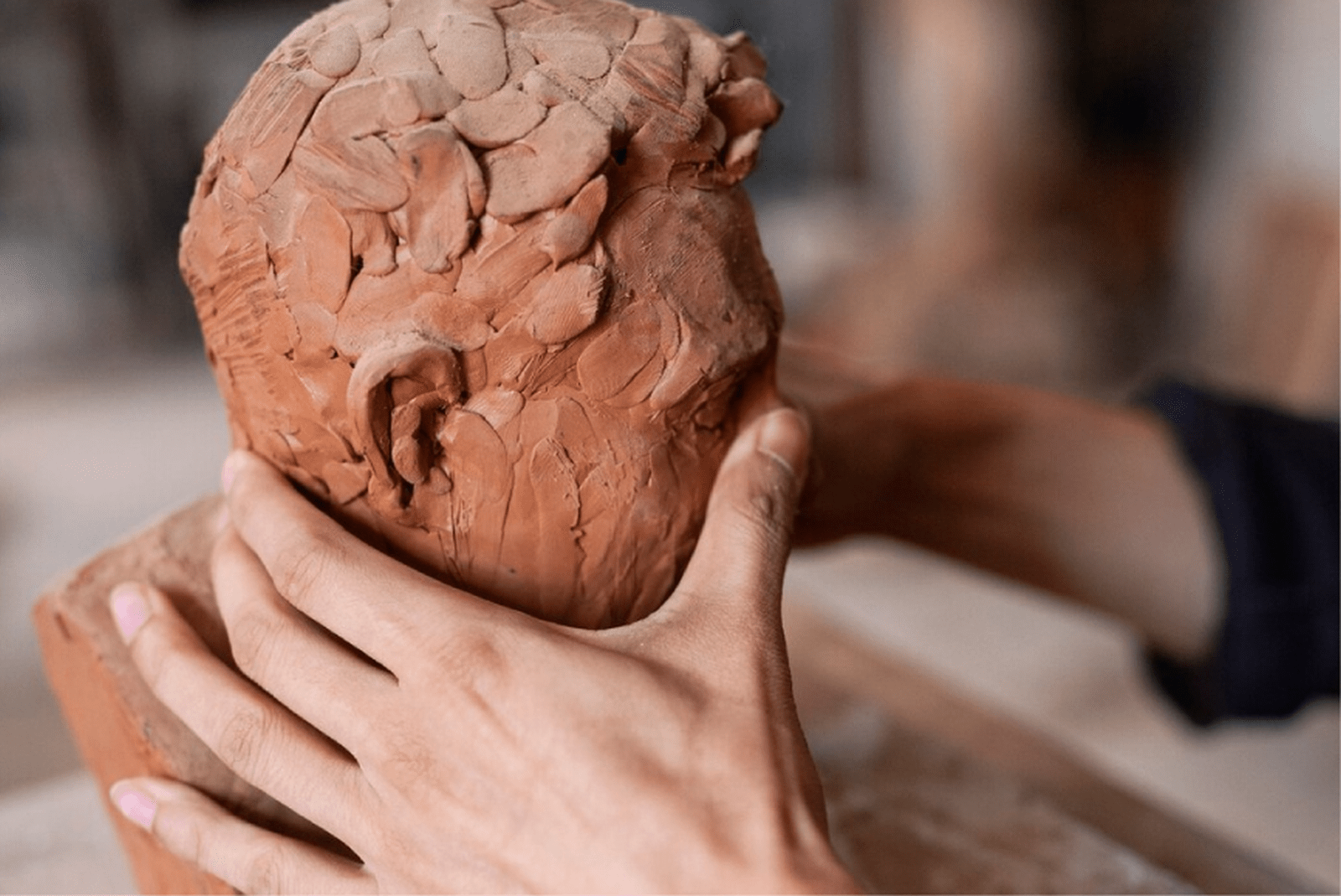Top 10 Sculpting Materials and Their Characteristics
September 05, 2021
Sculpting is an engaging and creative activity that allows you to create unique works of art. Choosing the right sculpting material depends on your goals, experience, and the type of project you have in mind. Here’s a look at ten popular sculpting materials and their characteristics.
1. Clay
Characteristics:- Types: Regular clay, polymer clay, fireproof clay.
- Advantages: Easy to shape, suitable for creating detailed sculptures.
- Disadvantages: Regular clay requires firing, can crack as it dries.
2. Polymer Clay
Characteristics:- Types: Transparent, colored, metallic.
- Advantages: Can be baked in a regular oven, becomes durable after baking.
- Disadvantages: Requires precise temperature control during baking, can be expensive.
3. Modeling Clay
Characteristics:- Types: Regular, sculpting, thermoplastic.
- Advantages: Easy to shape, no need for firing or baking.
- Disadvantages: Does not dry out, may be unsuitable for long-term projects.
4. Papier-Mâché
Characteristics:- Types: Lightweight, heavy, with added cellulose.
- Advantages: Easy to apply over a framework, affordable and accessible.
- Disadvantages: Requires long drying times, may be less durable.
5. Silicone for Sculpting
Characteristics:- Types: Standard silicone, silicone with texture additives.
- Advantages: Flexible, does not stick to tools, easy to remove.
- Disadvantages: Can be expensive, not always beginner-friendly.
6. Wax
Characteristics:- Types: Beeswax, paraffin, modeling wax.
- Advantages: Easy to shape, good for creating models for casting.
- Disadvantages: Melts at high temperatures, can be unstable in high humidity.
7. Sculpting Dough
Characteristics:- Types: Salt dough, bread dough, air-dry.
- Advantages: Affordable and easy to use, dries on its own.
- Disadvantages: Not as durable as other materials, can crack as it dries.
8. Resin
Characteristics:- Types: Epoxy, polyester.
- Advantages: Allows for durable and detailed creations, sets quickly.
- Disadvantages: Requires precise mixing ratios, can be toxic.
9. Plaster
Characteristics:- Types: Regular, sculpting, quick-setting.
- Advantages: Accessible and easy to shape, sets quickly.
- Disadvantages: Fragile when dry, may be challenging for intricate details.
10. Carving Wood
Characteristics:- Types: Soft (pine, lime), hard (oak, walnut).
- Advantages: Strong and durable, allows for detailed work.
- Disadvantages: Requires special tools and skills, can be difficult to work with.




